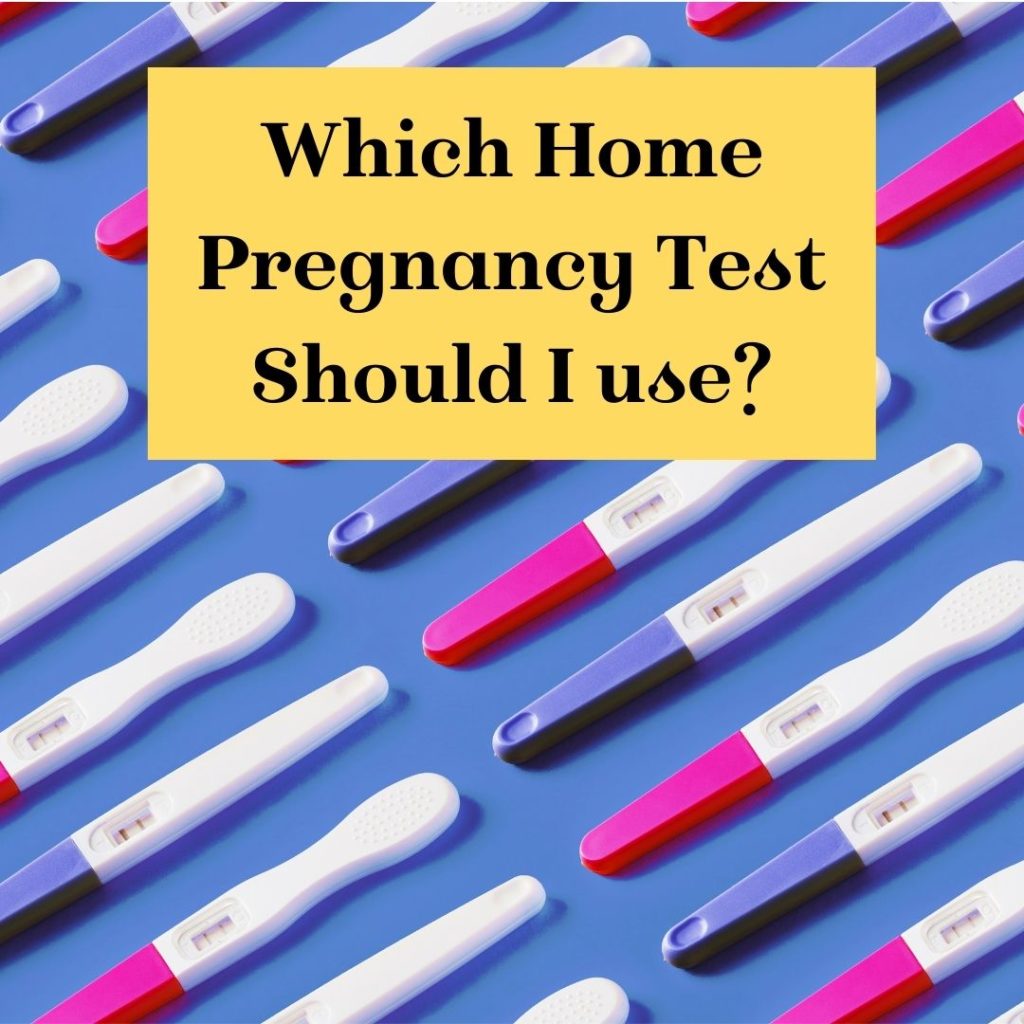Any woman who has been trying to conceive for a while will be no stranger to traditional plastic pregnancy tests. When you really think about it, how many pregnancy tests have you used on your journey so far? If you’ve been trying for a while, the number could be a high one!
Understandably we are only concerned with the immediate result they will provide us with. We don’t often consider what happens to the test afterwards. Most of us drop it in the bin then forget about it.
Unfortunately, because the majority of pregnancy tests are plastic, they can take literally hundreds of years to decompose in a landfill. In this article, we will take a quick look at the impact of plastic pregnancy tests on our environment and what we can do to reduce the number of plastic pregnancy tests we send to landfill every year.
The environmental impact of plastic pregnancy tests
It’s no secret we have a bit of a global warming issue that needs addressing. Globally we produce 100 million tonnes of plastic waste every year that is both causing harmful greenhouse gases and adding to our already jam-packed landfills. Although, yes, plastic pregnancy tests are only a small part of a much larger problem. They are still part of the problem.
It’s easy to think that one plastic test stick won’t make a difference, but the reality is that millions of these tests are sold every year. In the UK alone we discard 12.5 million pregnancy tests every year. This means that millions of plastic sticks and plastic packaging end up in our environment, polluting our land and waterways. It’s a scary thought.
How to make a difference?
We get that for anyone trying for a baby, pregnancy tests are mandatory. We need them, but there are ways we can make better choices when it comes to pregnancy tests that will make a difference.
One solution is to switch to more eco-friendly options, like the Hoopsy eco pregnancy test. Our tests are 99% paper and 99% plastic free. They can be cut in half after use, and the side you wee on can be put in the general waste. The other half can go in your recycling. The half that does end up in landfill will break down far quicker than a plastic test which takes an average of 20-30 years to break down. Hoopsy eco pregnancy tests are midstream tests. They work the same way as the plastic tests that have been around for years. This means you get the same experience for the same price but with the benefit of being more environmentally conscious.
Another solution is to reduce the number of tests taken. While it can be tempting to take a test at the first sign of a possible pregnancy (and we know it’s easier said than done), most tests are most accurate on the day of your missed period. Most, including the Hoopsy eco pregnancy test, are 95% accurate up to 5 days before your missed period.
If you can, waiting s few extra days before taking a test can help reduce the number of tests taken and, subsequently, the amount of plastic waste produced.
Conclusion
As consumers, we have the power to make a difference. By choosing more eco-friendly options like the Hoopsy eco pregnancy test and being mindful of the number of tests we take, we can help reduce the negative impact that plastic pregnancy tests have on our environment. Every small change we make can have a big impact on the world around us.




